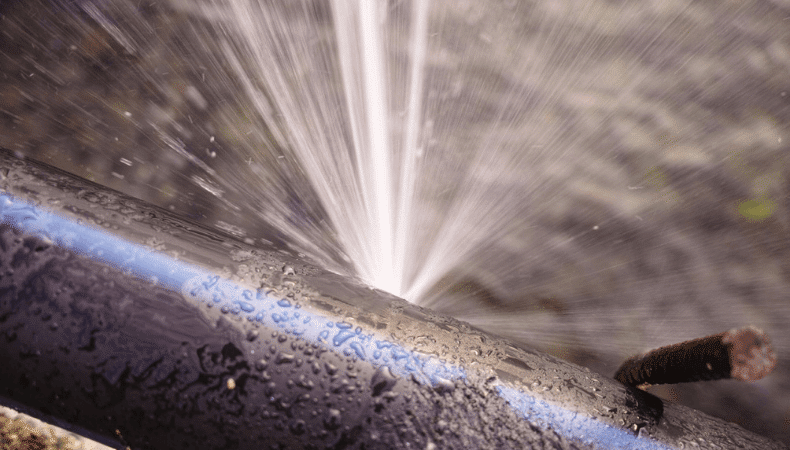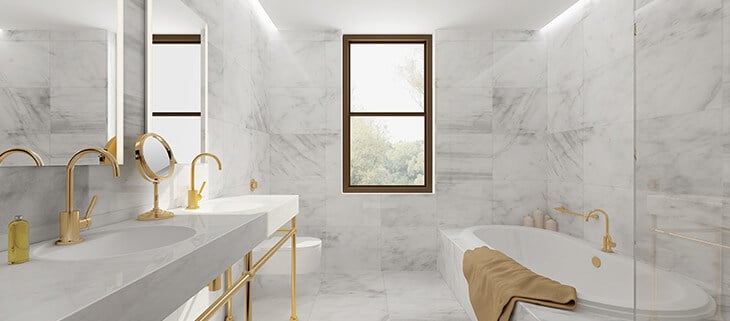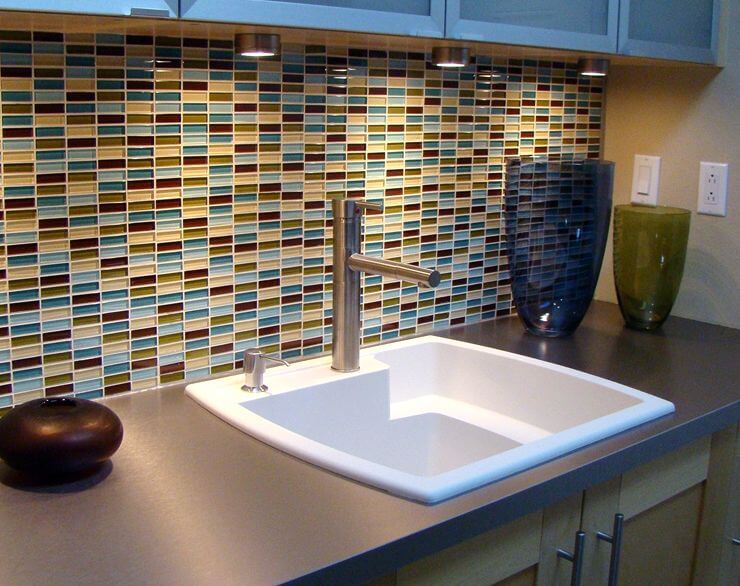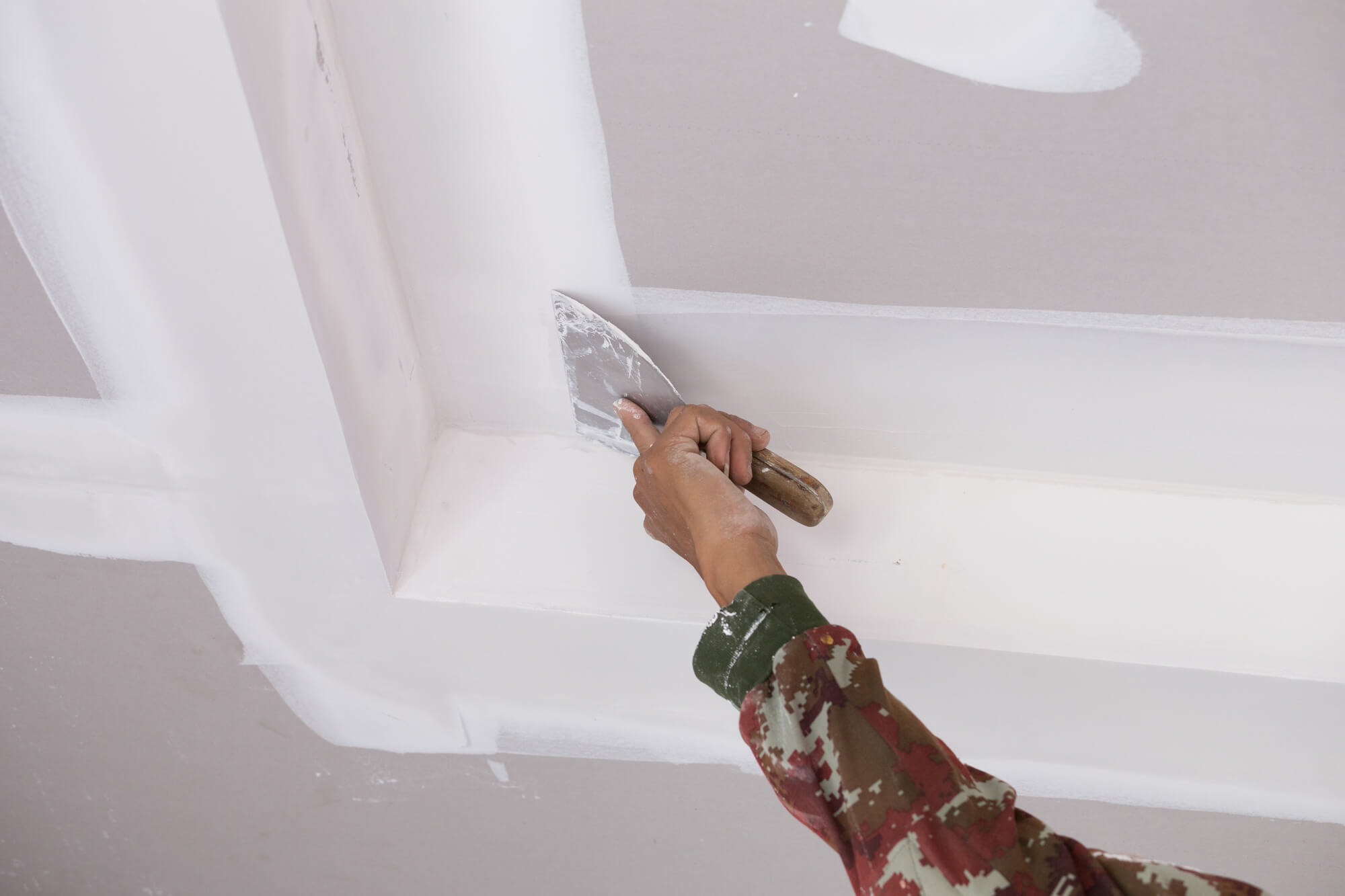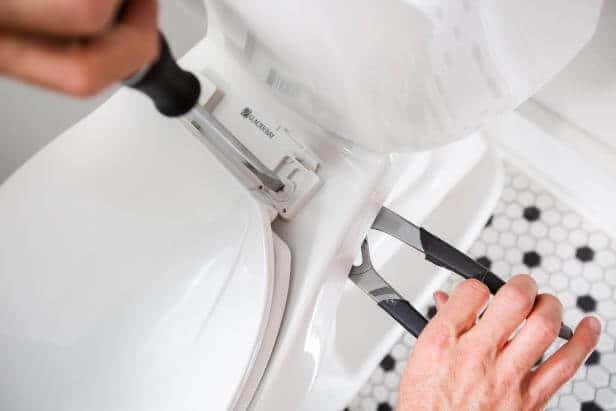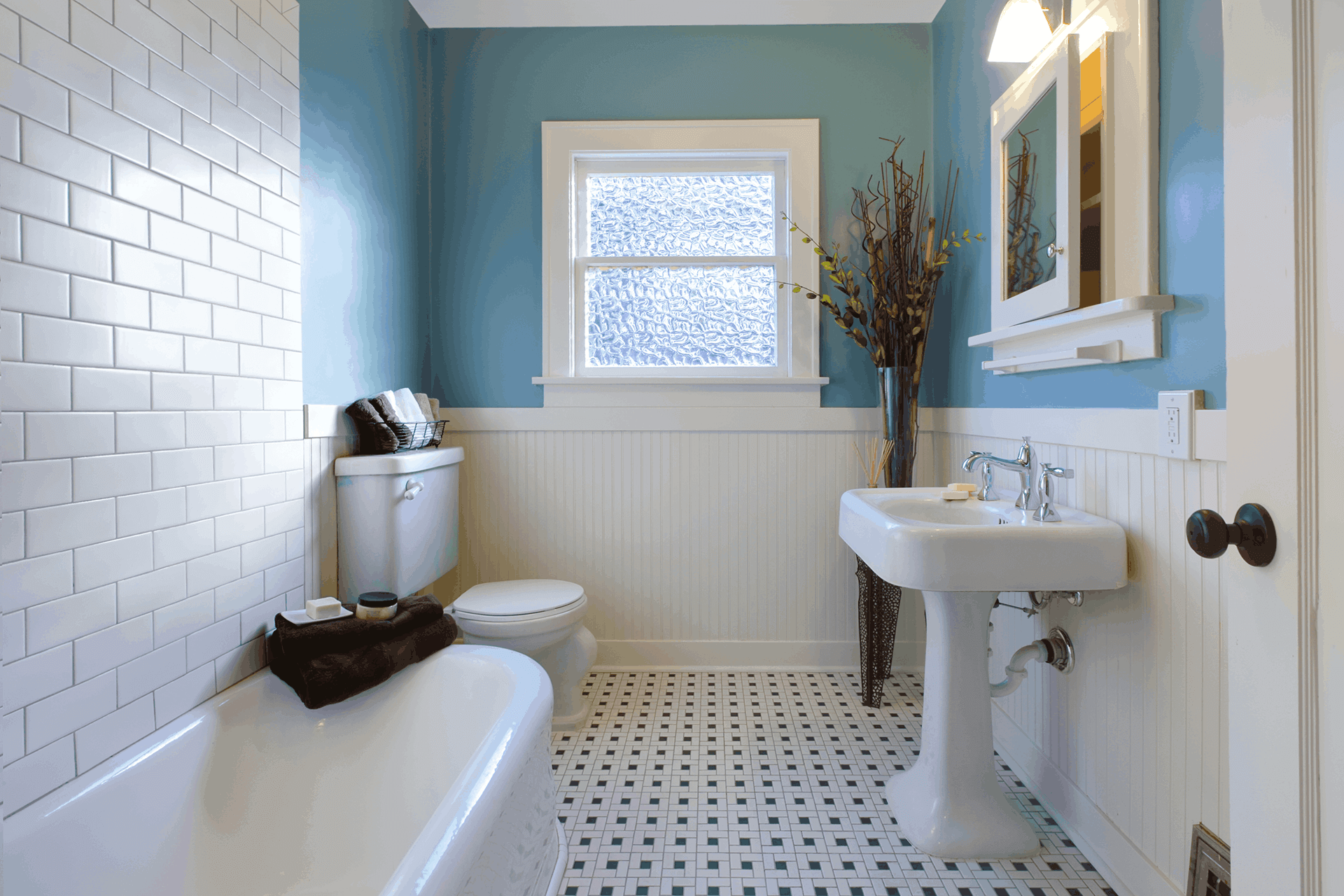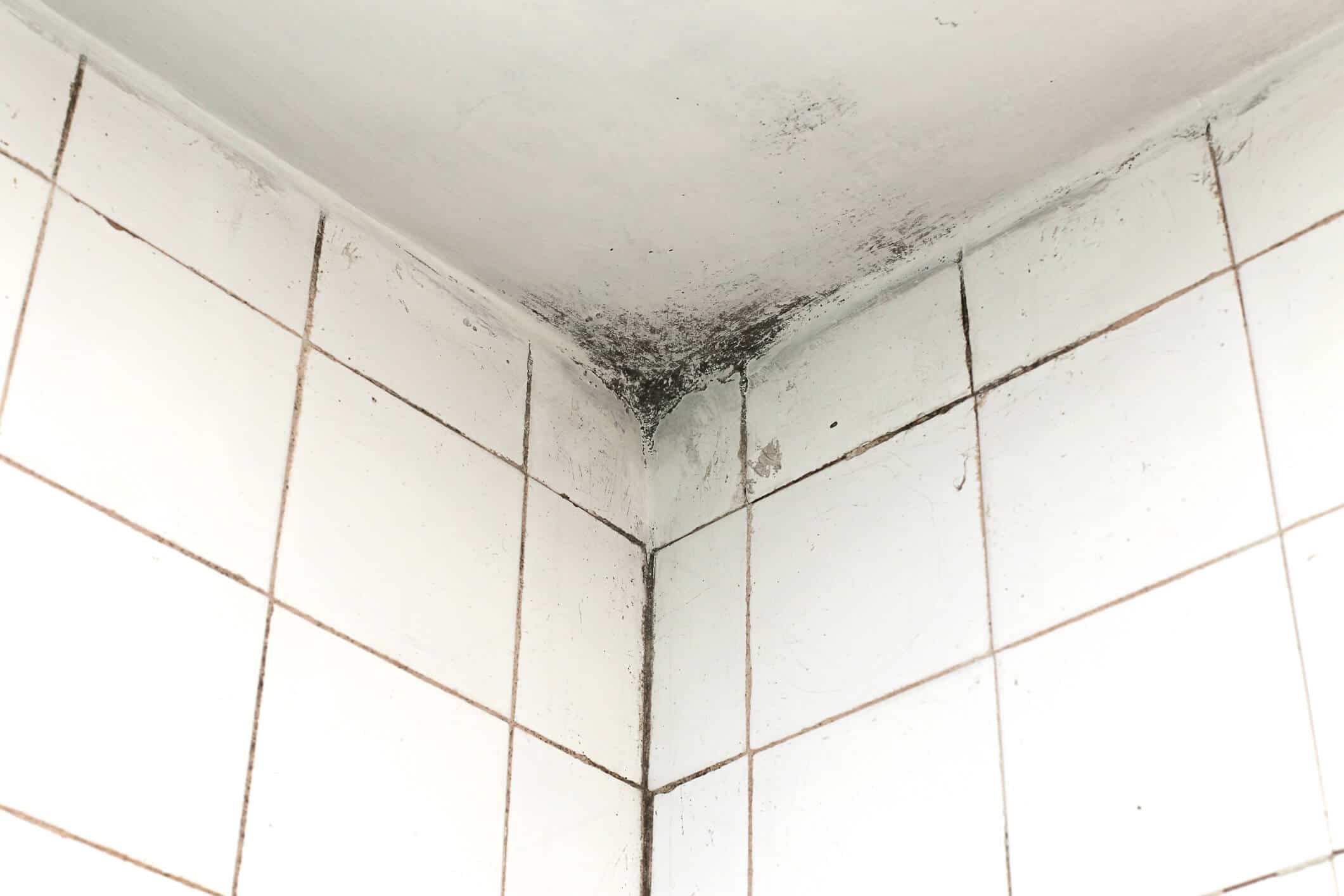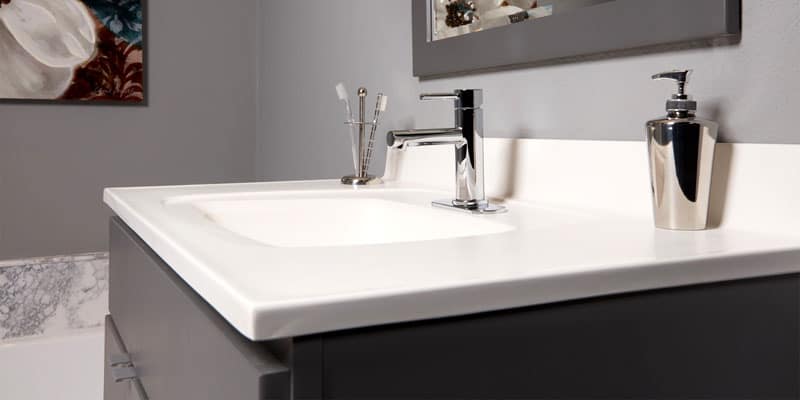How to fix a broken tile without replacing it [3 Tile Repair Solutions]
Tile repair and maintenance techniques vary depending upon the severity of damage to your ceramic tile and are usually caused by factors that include improper installation and substrate problems. Whether you have a loose bathroom tile, a cracked floor tile, a chipped ceramic backsplash tile, or a broken wall tile will all determine if you have to mend the cracked tile or replace the broken tile altogether because it is beyond a simple patch-up job.
It should go without saying that if the chip is too big; you will probably have to replace the damaged tile. If on the other hand your damaged tile is simply cracked or has a little chip, all you have to do is match the chip area with analogous tile colors and then fill the indent with clear epoxy.
“Summary: Tile repair for fixing cracked, loose or broken ceramic tiles in your bathroom will be determined by the severity of your damaged tile. From repairing a chipped floor tile to replacing a broken ceramic wall tile or loose floor tile, ceramic tile repair and restorative tile maintenance can be done by the everyday homeowner with a few simple tile repair tools.”
Read more: The Benefits of Marble Tile in Your Bathroom
So you have determined that your broken tile is beyond restoration and you have no other choice but to replace your broken ceramic tile.
1) To completely replace a broken tile, the tools you will need for removing cracked or broken ceramic tile include a hammer, chisel scrapper, grout removal tool, tile adhesive, tile spreader, and some replacement tile and grout.
Clean the grout from around the damaged tile with the grout removal tool in order to replace the broken ceramic tile in your bathroom. Next, break out the defective tile using your hammer to fracture the tile into manageable pieces. Use your chisel scraper to get underneath and scrape out the shattered tile as well as the old glue from the base of the tile because you need to make the base for the new tile as smooth as possible.
Read more: How to Install Mosaic Tile in Your Bathroom
Put some tile adhesive in the opening using your tile spreader and make sure it is spread uniformly across the removed tile opening. Next take your replacement tile and press it firmly into the awaiting hole to set it in place. It is important that you wait at least a day until the tile adhesive is completely dry before you attempt to grout the tile when using this chipped tile procedure.
Now comes the final stage of replacing your broken floor or wall tiles. Mix your grout and make sure that the grout color matches your existing grout lines. Using a sponge, work the grout into the gaps around the “replacement tile” until the holes are completely filled up. A common best practice is to let the grout set for about thirty to forty minutes and then take a dry cloth and wipe away any excess grout residue on the tile’s surface.
2) If you have determined that your chipped tile or your cracked tile is repairable, you can use the following tile maintenance procedure to fix your damaged tile. To begin repairing a chip in your tile floor or tile wall you must clean the chipped tile restoration area with soap and water and then make sure the broken tile surface is completely dry. Create a border around the damaged tile to protect the surrounding ceramic tile from the excess primer before you begin your chipped tile repair.
Read more: Drywall Renovation Problems to Avoid
Apply the primer sparingly to the chipped area of the dented tile. Next, paint in the depression in the chipped tile with colors that match the surrounding bathroom tile (and patterns if necessary), let the paint dry, and then fill in the indent with clear epoxy. Special note: you don’t have to completely fill in the chipped tile with paint; the epoxy will be used to fill in the remaining depth of the gap to make it level with the rest of the tile surface. The tools you will need for repairing a chip in your bathroom tile are a paintbrush, some primer, paint, and epoxy.
3) If your tiles are loose, you can drill holes into the grout joints on either side of the loose tile, you then inject an epoxy resin using a special syringe underneath the loose bathroom tile to re-bond the tile to the substrate. Once the epoxy dries the holes are re-grouted to finish the tile repair. As you can see, tile restoration and maintenance is not as difficult as most homeowners think it is. Whether you have to fix a loose bathroom tile, replace a cracked wall tile or broken floor tiles, you can effectively perform quality tile repair using these simple tile maintenance procedures.
Read more: How to Remove a Toilet

![How to fix a broken tile without replacing it [3 Tile Repair Solutions]](https://houserenotips.com/wp-content/uploads/2020/09/replace-cracked-tiles-1.jpg)
